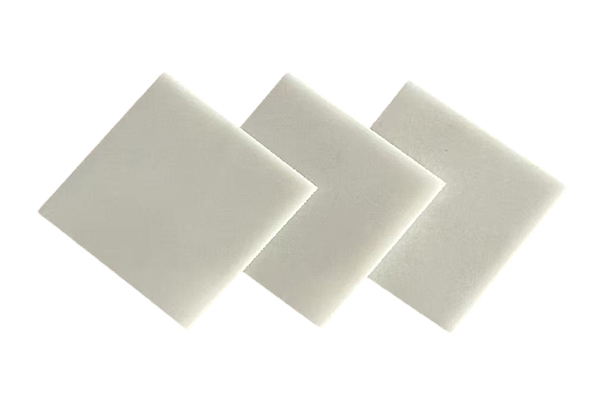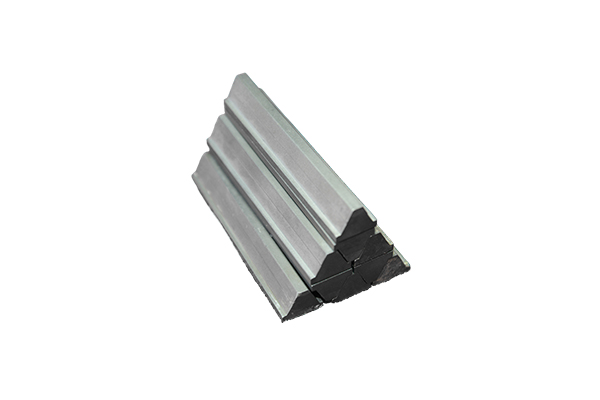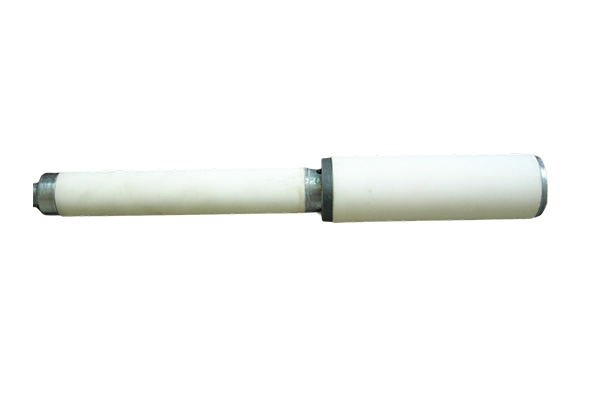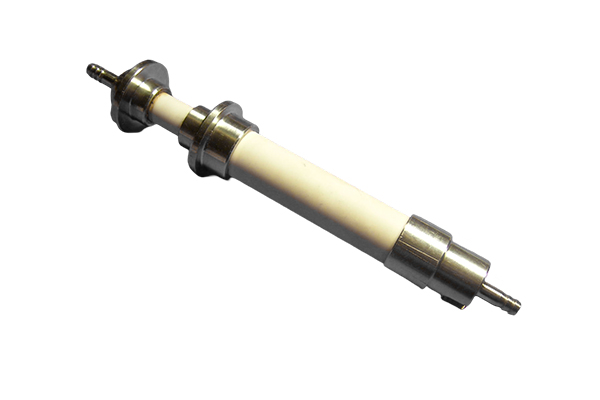How is the corrosion resistance of Ceramic Crucible reflected in chemical experiments or industrial production?
Release Time : 2024-11-18
In chemical experiments or industrial production, the corrosion resistance of Ceramic Crucible is a very important feature, which determines the service life and safety of the crucible in various chemical media
1. High temperature stability
Ceramic Crucible is usually made of high-temperature ceramic materials, such as alumina, zirconia, silicon nitride, etc. These materials maintain good chemical stability at high temperatures and will not undergo significant chemical changes or decomposition due to high temperatures. This allows Ceramic Crucible to be used in processes such as melting metals at high temperatures, melting inorganic materials, etc. without being corroded or damaged.
2. Chemically inert
Ceramic materials are highly chemically inert and resistant to corrosion by most acids, alkalis and salts. For example, alumina crucibles can withstand corrosion from strong acids such as sulfuric acid, nitric acid, and hydrochloric acid, while zirconia crucibles have special corrosion resistance against hydrofluoric acid. This chemical inertness allows Ceramic Crucible to be used under a variety of chemical experiments and industrial production conditions without worrying about corrosion problems.
3. Anti-corrosion mechanism
The corrosion resistance of ceramic materials mainly stems from their dense microstructure and stable chemical composition. Ceramic materials generally have high melting points and low volatility, which makes them less susceptible to dissolution or erosion in high temperatures and chemical media. In addition, a dense oxide layer often forms on the surface of ceramic materials, which can effectively prevent further erosion by corrosive media.
4. Mechanical strength
Although ceramic materials have excellent corrosion resistance, their mechanical strength is relatively low and they are easily susceptible to rupture due to mechanical impact and thermal shock. Therefore, when using Ceramic Crucible, severe temperature changes and mechanical shock need to be avoided to prevent the crucible from cracking.
Ceramic Crucible's corrosion resistance is mainly reflected in its high temperature stability, chemical inertness and dense microstructure. These characteristics enable Ceramic Crucible to be widely used in various chemical experiments and industrial production without worrying about corrosion problems.
1. High temperature stability
Ceramic Crucible is usually made of high-temperature ceramic materials, such as alumina, zirconia, silicon nitride, etc. These materials maintain good chemical stability at high temperatures and will not undergo significant chemical changes or decomposition due to high temperatures. This allows Ceramic Crucible to be used in processes such as melting metals at high temperatures, melting inorganic materials, etc. without being corroded or damaged.
2. Chemically inert
Ceramic materials are highly chemically inert and resistant to corrosion by most acids, alkalis and salts. For example, alumina crucibles can withstand corrosion from strong acids such as sulfuric acid, nitric acid, and hydrochloric acid, while zirconia crucibles have special corrosion resistance against hydrofluoric acid. This chemical inertness allows Ceramic Crucible to be used under a variety of chemical experiments and industrial production conditions without worrying about corrosion problems.
3. Anti-corrosion mechanism
The corrosion resistance of ceramic materials mainly stems from their dense microstructure and stable chemical composition. Ceramic materials generally have high melting points and low volatility, which makes them less susceptible to dissolution or erosion in high temperatures and chemical media. In addition, a dense oxide layer often forms on the surface of ceramic materials, which can effectively prevent further erosion by corrosive media.
4. Mechanical strength
Although ceramic materials have excellent corrosion resistance, their mechanical strength is relatively low and they are easily susceptible to rupture due to mechanical impact and thermal shock. Therefore, when using Ceramic Crucible, severe temperature changes and mechanical shock need to be avoided to prevent the crucible from cracking.
Ceramic Crucible's corrosion resistance is mainly reflected in its high temperature stability, chemical inertness and dense microstructure. These characteristics enable Ceramic Crucible to be widely used in various chemical experiments and industrial production without worrying about corrosion problems.








